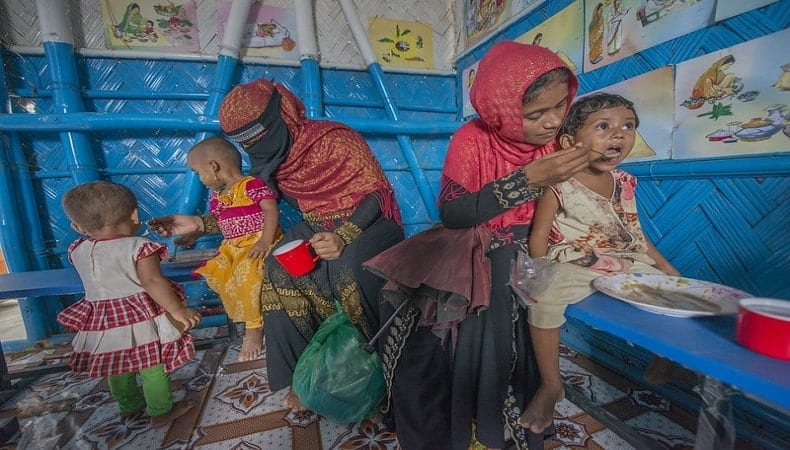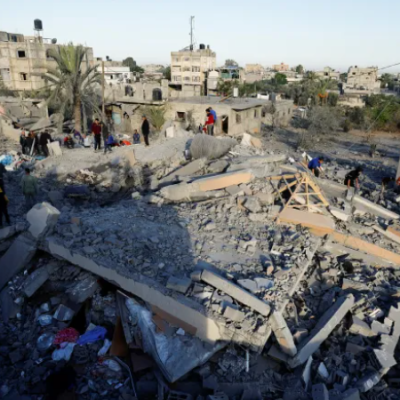Food crisis in Yemen – what, when, how

After battling with months of economic crisis, political instability and covid-19 pandemic, Yemen falls victim to severe food crisis. The United Nations agencies predicted that the looming food insecurity would hit alarming rates in the coming months, reaching high levels of acute food crisis, i.e. in Crisis (IPC Phase 3) and Emergency (IPC Phase 4) by the end of the year 2020.
As per the Integrated Food Security Phase Classification (IPC) analysis conducted in 133 districts in southern Yemen, by the UN agencies including the Food and Agriculture Organization (FAO), the United Nations Children’s Fund (UNICEF), the World Food Programme (WFP), about 2 million to 3.2 million Yemeni people (out of the total population of 7.9 million) would suffer from acute hunger in the coming six months.
The report released on Wednesday said, “This would represent an increase from 25 percent (in February-April) to 40 percent of the population (in July-December) suffering from high levels of acute food insecurity even if humanitarian food assistance and access to those in need are maintained.”
David Beasley, executive director of WFP, called the situation as “heartbreaking”. He said, “Unless the international community steps up with an urgent injection of funds, we are going to find ourselves right back where we were in 2018, when we had to fight our way back from the brink of a full-scale famine.
“The Yemeni people have already been ravaged by years of conflict-fuelled hunger and malnutrition, and now Covid-19 is ratcheting up their misery. The world needs to open its eyes to this unfolding humanitarian disaster before it’s too late.”
Yemen is facing world’s worst humanitarian crisis since 2014, when the Iran-backed Houthi militants seized the capital Sanaa in attempt to topple its government, and govern the nation with its extremist principles. Unending conflict, flash floods, desert locusts invasionand frequent offensive attacks all added to the vulnerability of the war-torn country. Eighteen months ago, Yemen was able to regain its food security despite conflict due to ramped up humanitarian efforts from different organisations but with the outbreak of Covid-19 international supply chains got blocked and cash flow to aid people got dried up. Many donor nations also pulled back their aid over the speculations that their assistance might not reach its intended recipients in territories controlled by the Houthis.
About two-thirds of Yemen’s population has been dependent on food assistance for survival. The UN report highlighted that after a hard-earned food security gains Yemen seemed to be back to where it started. Laurent Bukera, the WFP director for Yemen, said, “Yemen is facing a crisis on multiple fronts. We must act now. In 2019, thanks to a massive scale-up, WFP and partners were able to reverse the deterioration in the worst-hit areas of Yemen.” Lise Grande, UN humanitarian co-ordinator for Yemen, said, “Yemen is again on the brink of a major food security crisis.” She added, “Eighteen months ago, when we faced a similar situation, we were generously funded. We used the resources we were entrusted with wisely and massively scaled-up assistance in the districts where people were the hungriest and most at risk…The result was tremendous. We prevented famine. Unless we receive the funding we need now, we won’t be able to do the same this time.”




